Vinca (White) | ونکا
₨3,042.00 Original price was: ₨3,042.00.₨1,950.00Current price is: ₨1,950.00.
Abundant blooms and ease of care make vinca an excellent selection if you have little time to tend your garden.
Description for Vinca (White)
The clear crisp flowers and glossy green leaves of annual vinca are so perfect you may be tempted to rub them to see if they are real.
A grower once reported that he has grown Vinca in the same location for 30 years.It successfully reseeded itself each year, with no effort on his part.The plants are grown for its attractive glossy, green foliage, as well as its flowers.
Vinca plants are subshrubs or herbaceous, and have slender trailing stems 1 to 2 m (3 to 6 feet) long but not growing more than 20 to 70 cm (8 to 30 inches) above ground; the stems frequently take root where they touch the ground, enabling the plant to spread widely. The leaves are opposite, simple broad lanceolate to ovate, 1 to 9 cm (0.25 to 3.5 inches) long and 0.5 to 6 cm (0.25 to 2.25 inches) broad; they are evergreen in four species, but deciduous in the herbaceous V. herbacea, which dies back to the root system in winter.
The flowers, produced through most of the year, are salverform (like those of Phlox), simple, 2.5 to 7 cm (1 to 3 inches) broad, with five usually violet (occasionally white) petals joined together at the base to form a tube. The fruit consists of a pair of divergent follicles; a dry fruit which is dehiscent along one rupture site in order to release seeds.
Annual vinca plants are of the genus Cartharanthus, a member of the Apocynaceae family. This is a case where paying attention to the Latin name is helpful: you must distinguish the annual vinca flower from the perennial vinca minor vine, which forms a dense mat and can be invasive.
| Common name | Flower colours | Bloom time | Height | Difficulty |
|---|---|---|---|---|
| Vinca (White), Madagascar periwinkle, Myrtle, Nitya Pushpa, Vinca | Plant comes in various colors like Pink,light pink, red, white | Annual | Plants grow 1-2 feet tall. | It s easy to grow |
Planting and care
Vinca is commonly used for borders, edging, and ground cover or bedding plants.
| Sunlight | Soil | Water | Temperature | Fertilizer |
|---|---|---|---|---|
| Full sun is best, although some afternoon shade is fine | Any Time of soil use | Water the vinca only when the surrounding soil becomes completely dry. Give the plants water only during the morning to allow time for drops of moisture to dry before nightfall. |
26 to 30 degree C | Fertilize the plants once a month with a 10-10-10 nitrogen, phosphorous, potassium water-soluble fertilizer. Mix 1 teaspoon of fertilizer with 1 gallon of water, or according to the instructions on the package. Apply the fertilizer in place of a watering. |
Caring for Vinca
- Vinca or Periwinkle will grow in range of light conditions, from full sun to shade.
- They will do well in average soils. They are both heat and drought tolerant.
- This makes Vinca ideal in hot, dry parts of the country where other flowers will wither and wilt.
- Space Vinca plants 12-15 inches apart. Water well, when planting. Once plants are established, water only during extended droughts.
- Add a general purpose fertilizer once or twice a season.
- Mulch around plants in dry areas to help retain soil moisture.
Typical uses of Vinca
Special features: The low care nature of vinca plants helps them succeed in window boxes and other garden containers.
Medicinal use: Lowering blood pressure, Lowering sugar levels for diabetics,Treatment for coughs, colds, sore throats,Treating eye and lung infections.
References
- http://homeguides.sfgate.com/plant-vinca-humus-67864.html
Be the first to review “Vinca (White) | ونکا” Cancel reply
You must be logged in to post a comment.
Only logged in customers who have purchased this product may write a review.
See some of our delivered orders by Clicking here
Applicable on Plants Only: As plants are diverse in appearance, the image is for reference. The plant delivered may vary in size. Price is according to the plant size delivered.
"For Plants Only " All our plants come in living room ready condition in a high quality plastic pot. See The PotRelated products
Outdoor Plants
Outdoor Plants
Indoor Plants
Outdoor Plants
Indoor Plants

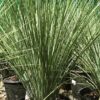
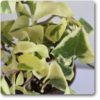
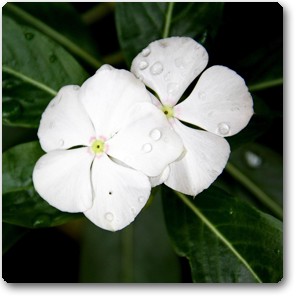
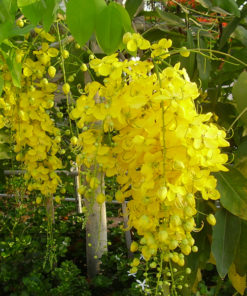
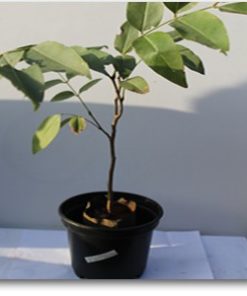
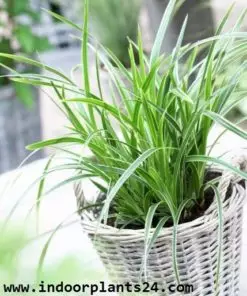
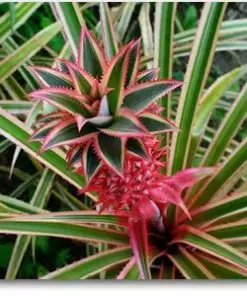
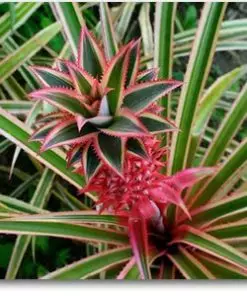
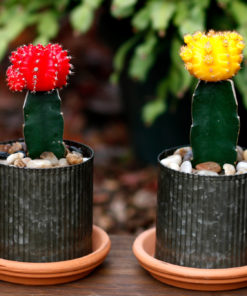
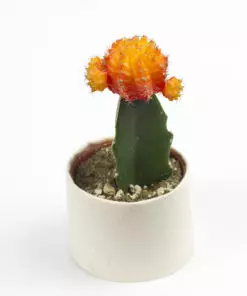
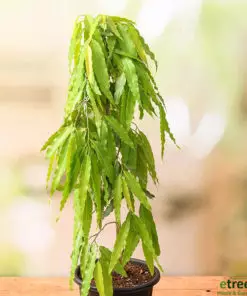
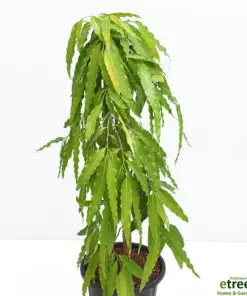
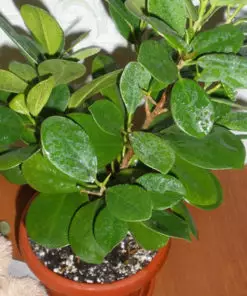
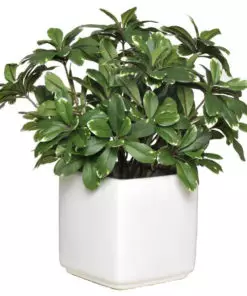
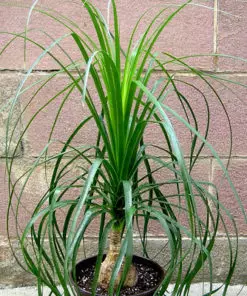
Reviews
There are no reviews yet.